I remember back in the day when people would say “China phones” and the first thing that would come to mind is iPhone-looking models running on Android and carrying ridiculously affordable prices. Hence the term, “Chinese clones” or simply “clones.”

These clones were actually decent at the time. One would have to look carefully to see find out if it’s real or not. It played on one of Android’s strengths, customizing the UI heavily to make it look like iOS. I distinctly remember trying a cloned iPhone 4s many years ago in Divisoria.
The quality is not as good. It’s slow and the UI is clunky. Some even had DTV features but if you want a smartphone that looks like an iPhone (since it’s also considered a status symbol back then) without breaking the bank (I don’t know if I remember this correctly, but you can buy one for PHP 4K), this is your best option at that time.
These China phones were infamous, and in some way, supported the perception that Chinese products are “imitations” and of low quality. I never bought one but it has always caught my attention. Apple, Samsung, LG, Sony-Ericsson, HTC, Motorola, Blackberry, and Nokia were the top dogs then.

My perception of China-made smartphones was mostly negative until I got introduced to Huawei when I was starting out at YugaTech in 2012. At that time they had the Ascend line of smartphones. Here comes a smartphone brand with a very Chinese name in a market with a negative perception of Chinese-made smartphones, competing with top American, Japanese, Korean, and South Korean brands. And they managed to pull it off and gained a solid foothold.
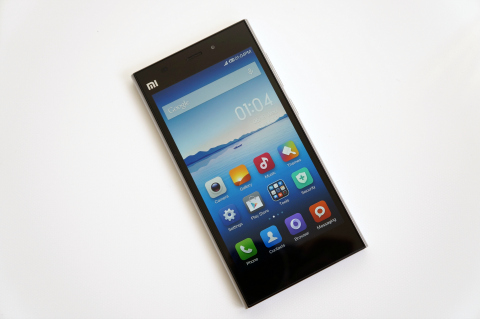
The years that followed put a spotlight on more Chinese brands. ZTE and OPPO arrived with their Grand and Find lineups in 2014, but probably the brand that gave the biggest positive impact in the Philippine market is Xiaomi. Largely due to their nice designs, powerful specs, and incredibly attractive price tags. Flash sales were always sold out.
Given the demand in the Philippines, other Chinese smartphone brands arrive in droves to the country — Vivo, Infinix, TCL, Lenovo, Meizu, Honor, and Realme. The rise of these Chinese brands eventually became the demise of some of the non-Chinese brands mentioned earlier.
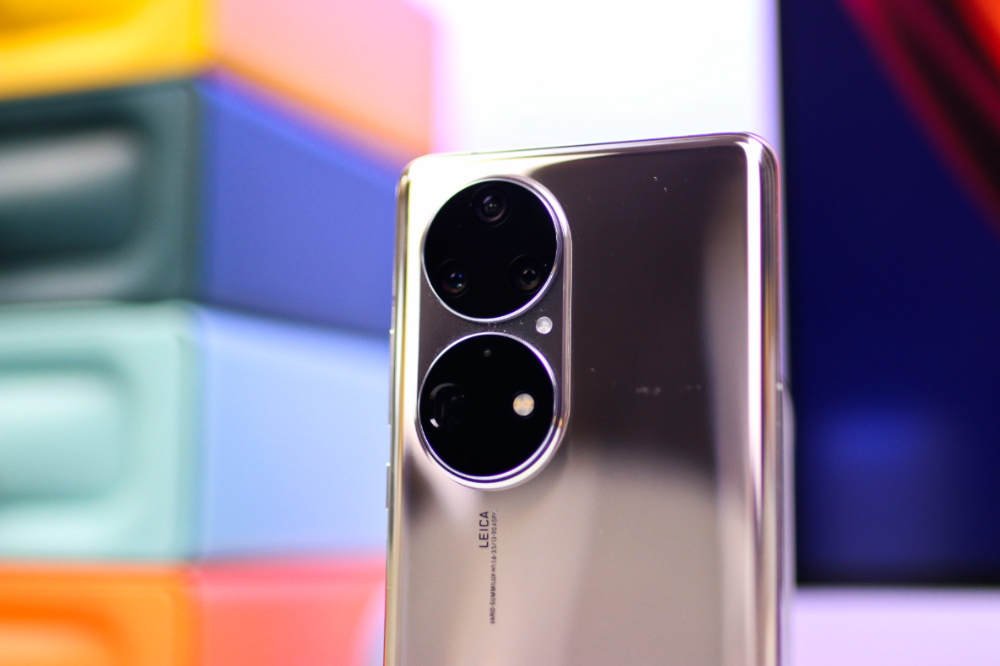
What’s amazing is that in the span of 10 years, the old negative perception of China-made smartphones as devices of poor quality has disappeared. These brands can boast top-notch quality and some have even become benchmarks when it comes to certain features and technology. Take the Huawei P50 Pro and its cameras, for example.
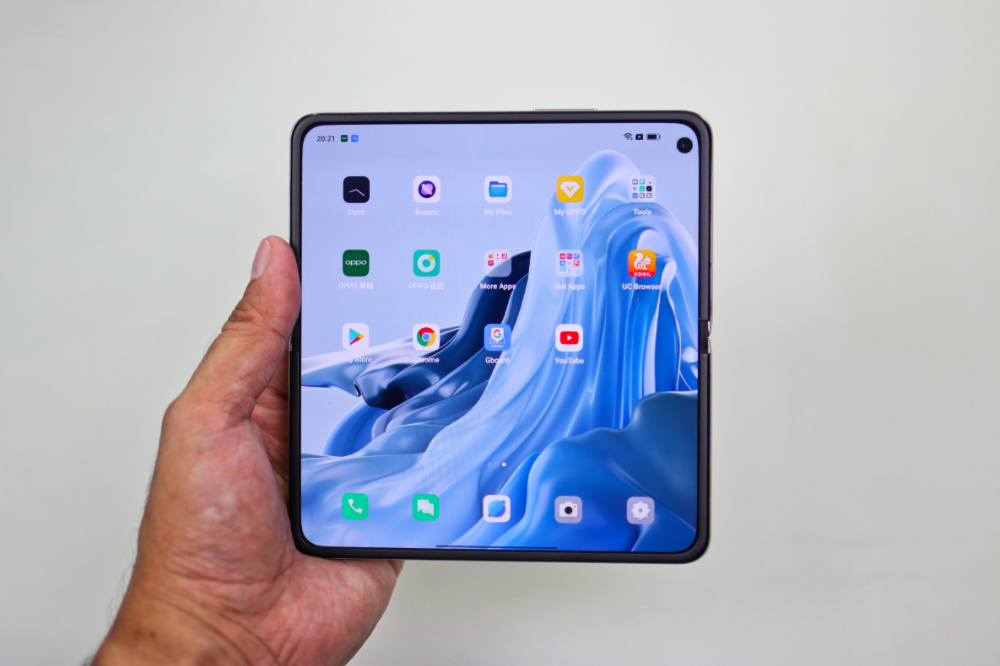
Chinese smartphones have become the go-to option for those who are looking for a budget-friendly device. Realme’s decision to cater to that market allowed it to grow at an impressive rate. Chinese smartphones can now boast partnerships with global brands like Leica, Hasselblad, McLaren, Lamborghini, Porsche, and Ferrari. You can even say that there’s a Chinese-branded smartphone in every household. According to Canalys’s report, Xiaomi, OPPO, and vivo took the 3rd, 4th, and 5th spots in terms of market share for Q4 2021, dominated only by Apple and Samsung.
Nowadays, we no longer refer to China-made smartphones as “China phones” with some sort of disgust. They’re now regarded with much more respect and are popular enough to compete with the likes of Apple and Samsung, just waiting for the opportunity to grab a bigger share of the market.







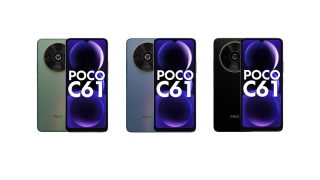
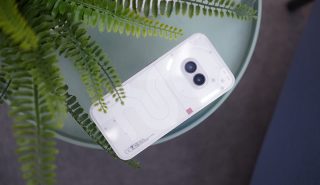















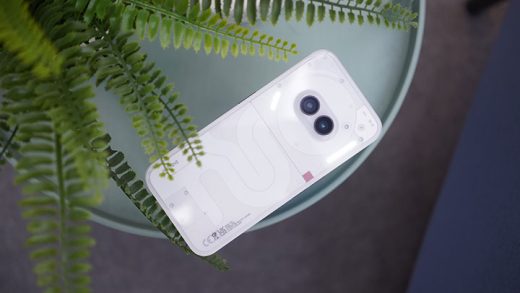
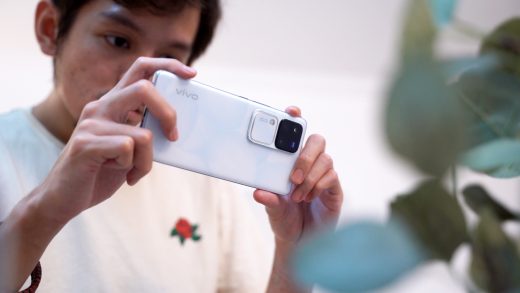
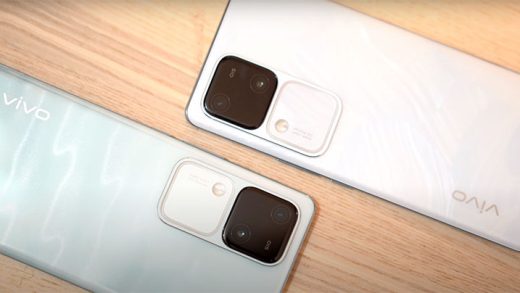
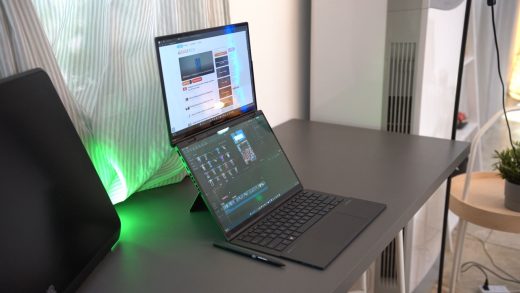





Very interesting topic. I hope you guys would also cover the reasons why acer mobile, alcatel, asus (low to mid-range, as they still offer high-end with their zenfone and ROG), blackberry, HTC, lenovo, LG, motorola(although it looks like they are slowly making a comeback here in the Philippines), nokia, and sony lost their market share here in our country. Not to mention gionee and meizu. And how come xiaomi, oppo, vivo, realme and now with infinix and tecno are now dominating our smartphone market.
xiaomi is the real deal in terms of “quality” and very affordable phones, and catered the gamers and the ones who look for bang for their buck phone back in the days. i remembered the xiaomi mi3 was so affordable i think it was priced at 10K with snapdragon 800 already with its industrial boxy looking formfactor, nostalgic brown box for affordability and “recyclable materials”. then they released a redmi which was around 4k with a snapdragon400 and for me i was mind blown in terms of its very affordable price and i even convinced my mom to buy me one, i can even risk buying it in a flash sales back when it doesnt have a physical stores in the philippines. it is also the time when phones aren’t saturated yet.
oppo and its sister companies (vivo, realme, oneplus) boast their phones by having a much better quality cameras and they position their ads based on being more classy and socially vibrant looking models(and they are heavy on their ads too they swarm the malls very hard which xiaomi lacks and didnt rely on ads because of lack of budget. i think xiaomi lose to these to due to non aggressive marketing strategy and they based on their peer to peer ads).
htc dominates android in its early years but doesnt improve and failed to market their phones, they didnt took their research and development seriously and held onto their google brands like nexus but then when google made their own phones, they disappear.
blackberry stick to their business class phones which catered many businessman and introduced email into the pocket or handheld devices instead of a computer. it was a gamechanger back then, but when apple stepped in the game, they didnt even improve also and stayed on their “business” model..
also a moment of silence to the local smartphone brands here like cherry mobile, oh shit i forgot the others.. myphone, etc.
thats all i remember and in my stock knowledge.